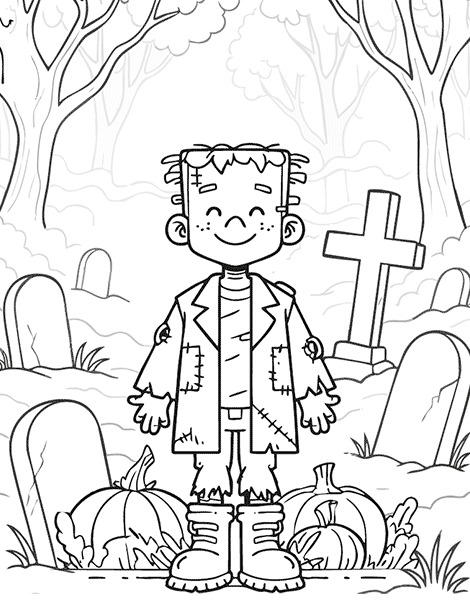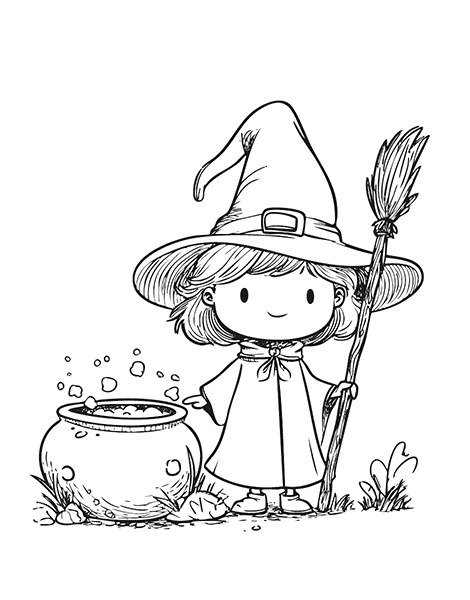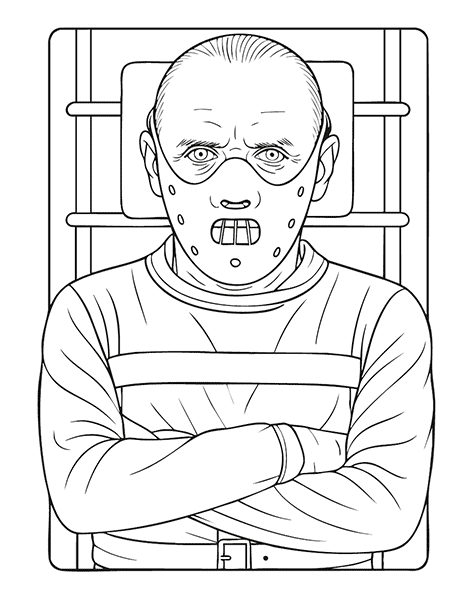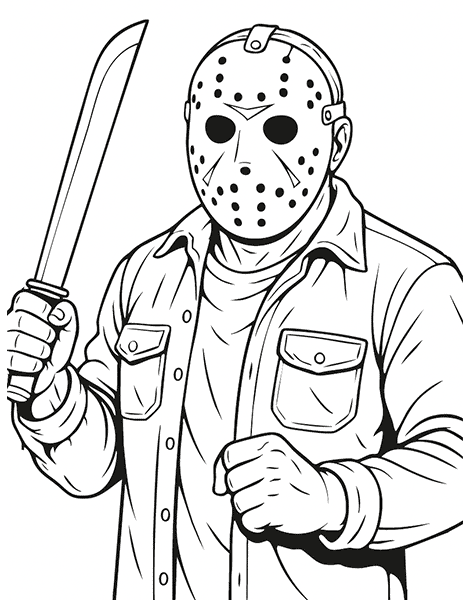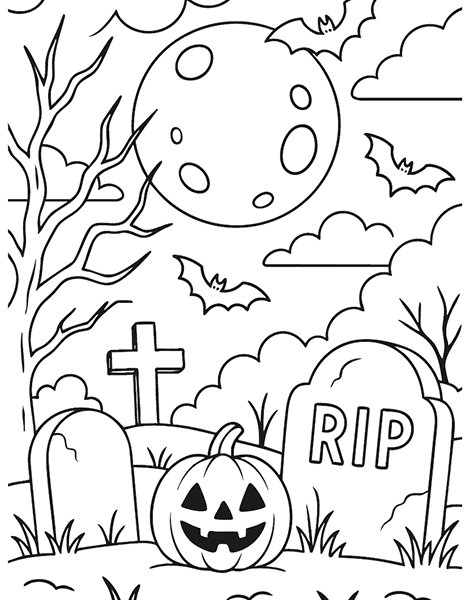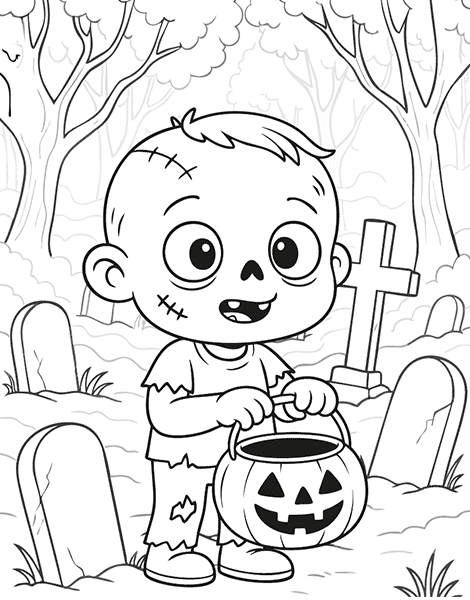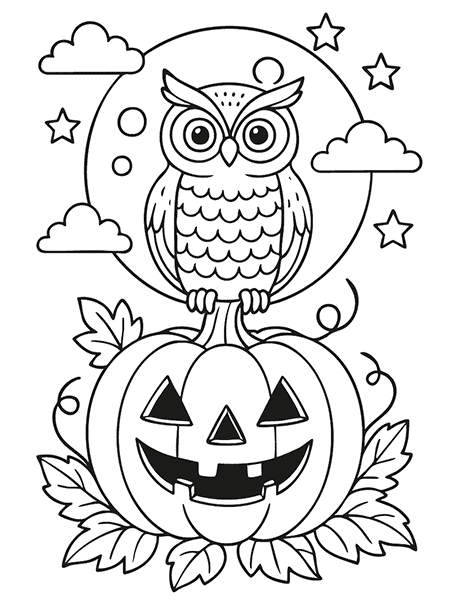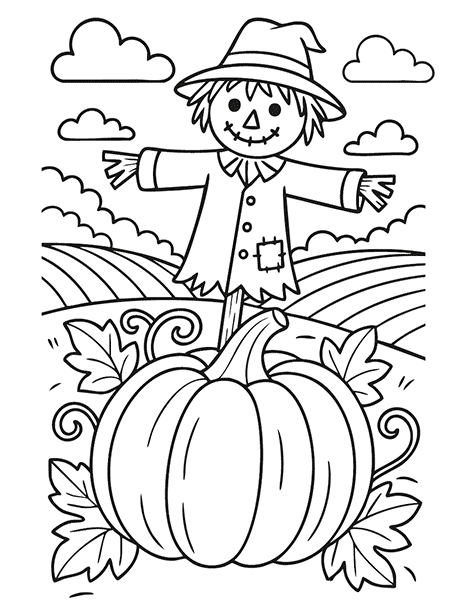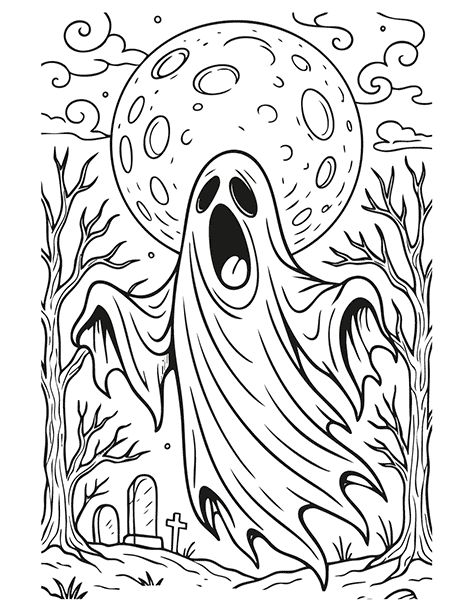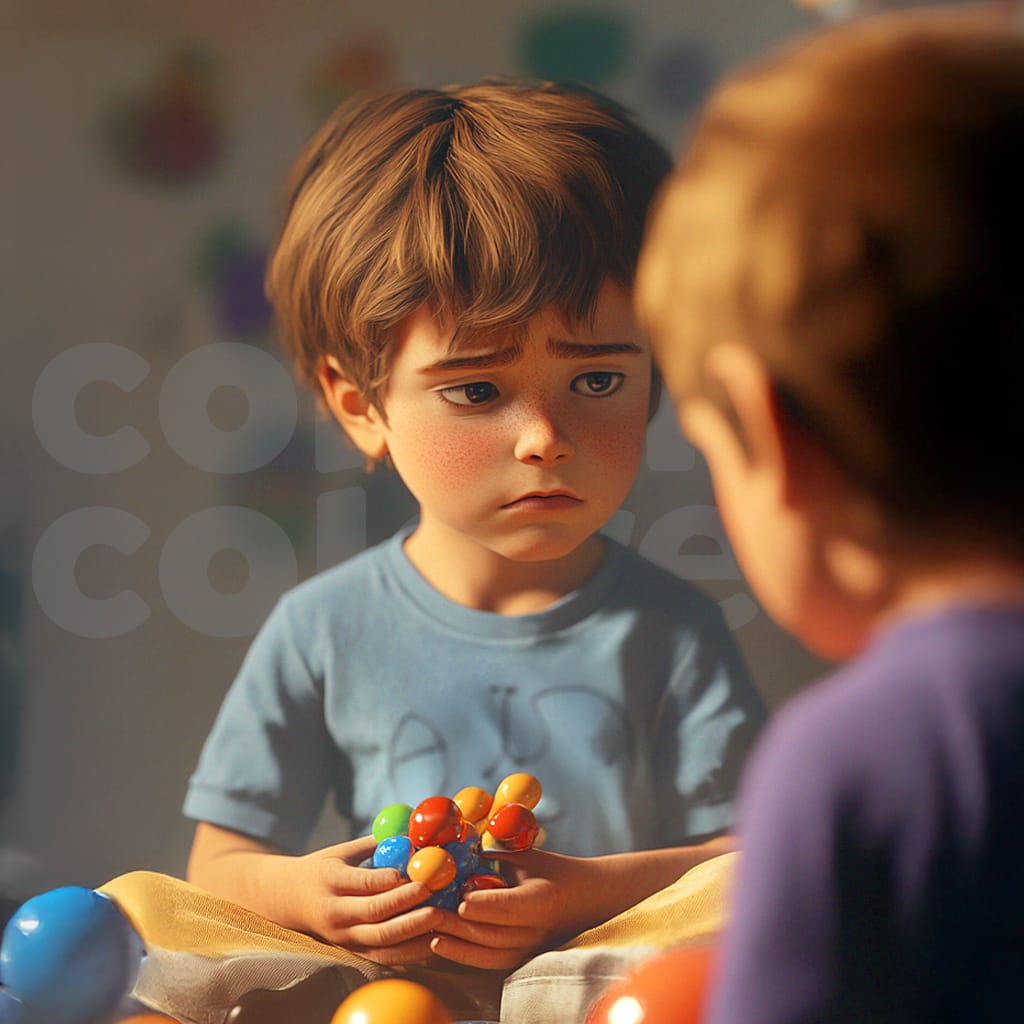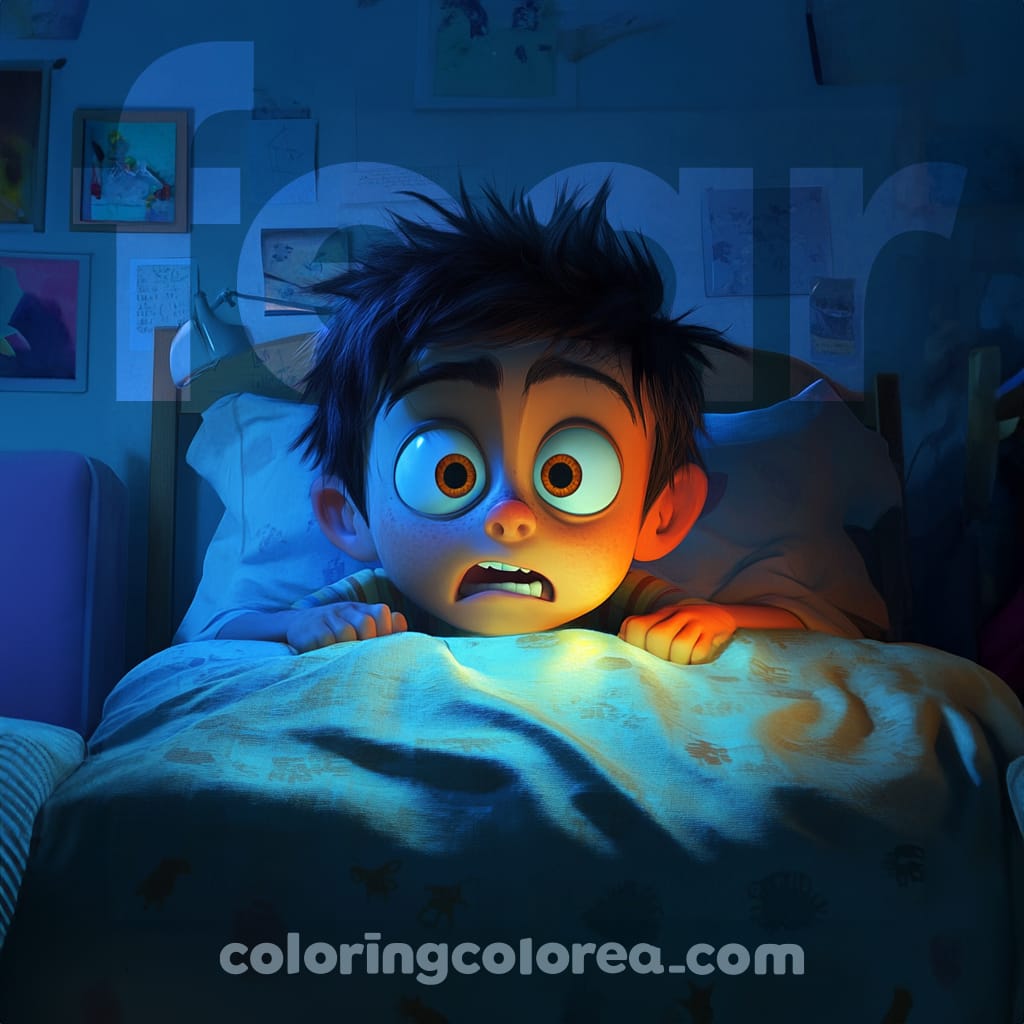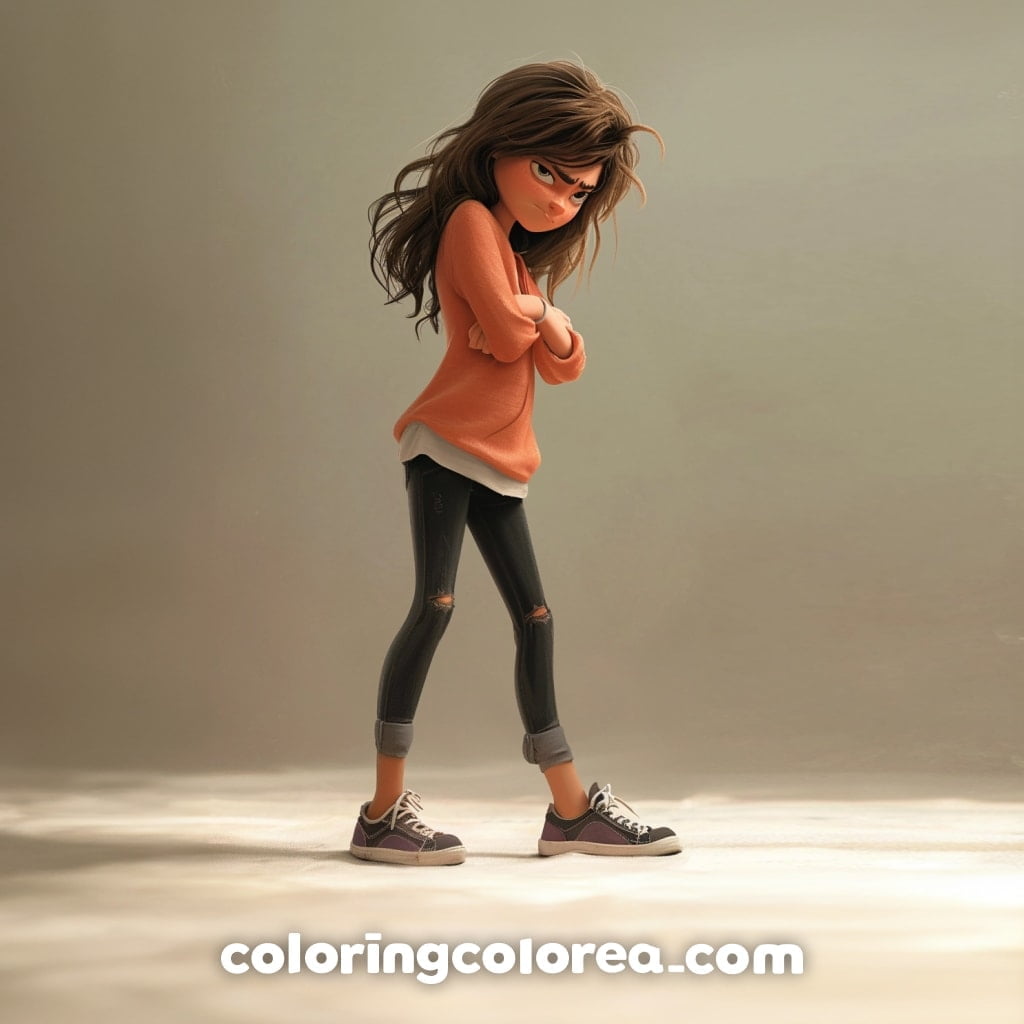Halloween is just around the corner, a time filled with spooky decorations, eerie sounds, and the excitement of trick-or-treating. However, for some children, this season amplifies their fears. As parents, understanding and helping them manage these emotions is crucial for their emotional growth and confidence.
Fear is a universal emotion that we all experience at some point in our lives. For children, this emotion is especially intense and can manifest in various ways. Understanding the reasons behind these fears is essential to help our little ones overcome them.
What are childhood fears?
Fear is an emotional response to a perceived threat. For children, these threats can be real or imaginary, and they vary according to their age and stage of development. According to Jean Piaget and his theory of cognitive development, as children grow, their ability to understand the world around them also changes, which means the types of fears they experience also evolve.
We must understand fear as an abstract concept: it’s like an alarm system that our body activates when we think something might harm us. It’s the body’s way of telling us to be careful. But sometimes, the alarm rings too loudly or goes off when it’s not necessary.
During early childhood (ages 0-2), babies might fear strangers or separation from their caregivers, as they are in the sensorimotor stage, where their understanding of the world is limited to immediate experiences.
Between ages 3 and 6, in the preoperational stage, children begin to develop symbolic thinking, meaning they can imagine things that are not present, such as monsters or ghosts, which can lead to fears of the dark or supernatural beings.
Relevant study: A study by Peter Muris (2001) showed that fears in young children are often related to the unknown or imaginary, such as ghosts, monsters, or night creatures. As children grow, their fears become more realistic, such as fear of death or accidents.
Evolution of fears
As children enter the school-age stage (7-12 years), their fears tend to be more realistic, focusing on themes like academic failure, social rejection, or physical harm. However, festivities like Halloween can revive more childish fears, especially due to costumes and decorations that appeal to the supernatural. At this stage, children also begin to develop a greater capacity to distinguish between fantasy and reality, but they can still be susceptible to suggestion.



The role of cognitive development
- Magical Thinking: Young children believe that their thoughts can influence reality. This can lead to irrational fears, like believing that if they think about a monster, it will appear.
- Inability to Differentiate Fantasy from Reality: Children often confuse scary stories with reality, which can lead to anxiety.
- Egocentrism: Young children believe the world revolves around them and may feel responsible for negative events.
Influence of Social and Family Environment
- Modelling: Children learn by imitation. If they see their parents or other adults fearful of something, they are likely to develop that fear as well.
- Communication: The way parents talk about their children’s fears can influence how they perceive them.
- Traumatic Experiences: Stressful events such as illness, moving to a new place, or the loss of a loved one can create lasting fears.
Common Childhood Fears
- Fear of the Dark: Associated with fantasy and uncertainty.
- Fear of Monsters: A product of imagination and scary stories.
- Separation Anxiety: Related to attachment to parents.
- Fear of the Unknown: New experiences can create anxiety in children.
- Specific Phobias: Fear of animals, heights, storms, etc.
How Childhood Fears Manifest
Physical and emotional reactions
Children can experience a wide range of symptoms when faced with fear. Physically, they may feel their heart racing, sweat, tremble, or even feel stomach discomfort. Emotionally, they may become irritable, anxious, or avoid situations they perceive as dangerous. Intense fears can also manifest in sleep problems, such as nightmares or difficulty falling asleep.
Regression as a response to fear
It is common for children to experience temporary regressions (a step backwards) when facing stressful or frightening situations. For example, a child who has already overcome a fear of the dark might once again need a nightlight during Halloween due to the scary stimuli they perceive. This regression is usually temporary and a normal stress response.
A call for patience: overcoming fear takes time
Celebrate the small victories and remember: with patience, time, and effort, your child will eventually conquer their fears. As Halloween approaches, let’s keep in mind the challenges and triumphs that come with helping our children face their fears.
Ultimately, remember that it’s not just about the fears they overcome, but the confidence they gain and the bond you strengthen. As parents, our role is to guide, support, and believe in their innate potential for growth.
It’s worth mentioning that while mild anxiety is completely normal and understandable, extreme anxiety can be a different story. A child who is scared of Halloween decorations or hesitant to go trick-or-treating is experiencing fairly typical fears. On the other hand, if your child is so paralyzed by fear that they have nightmares throughout October or refuse to go to public places because of potential decorations, they may be dealing with a more serious phobia that might require outside help.
The Role of Technology in Childhood Fears

In today’s digital era, technology has become an integral part of daily life, significantly influencing children’s development. From a young age, children are exposed to screens, video games, social media, and audiovisual content platforms. While technology offers countless benefits, such as access to educational information and entertainment, it can also be a source of fear and anxiety for younger children.
One of the main ways technology contributes to childhood fears is through exposure to age-inappropriate content. Although there are parental controls and filters on many platforms, they are not always fully effective, and children may accidentally access images, videos, or games designed for older audiences.
Viewing images of monsters, supernatural creatures, or violent scenes can trigger intense fears. Even unexpected advertisements with violent or disturbing content on children’s apps and websites can cause anxiety.
In addition to specific content that may trigger fear, excessive use of technology can be a source of anxiety in itself. Constant screen exposure, digital overstimulation, and a lack of breaks can disrupt children’s emotional balance. Excessive screen time has been linked to sleep problems, which can exacerbate nighttime fears and nightmares.
The blue light emitted by screens can interfere with melatonin production, the hormone that regulates sleep, negatively impacting children’s sleep cycles.
How to Help Children Manage Fear
Young children, in particular, struggle to separate fiction from reality. Combine that with many children’s natural fear of the dark, loud noises, and jump scares, and you have the perfect recipe for spooky season jitters.
Rehearsing for Halloween is a good idea. Start talking about it 20 or 30 days in advance, and ask questions like, “How do you feel?” and “What makes you scared and why?” Using coloring activities, doing them together, or watching kid-friendly Halloween movies such as Monsters, Inc. or Hotel Transylvania can be a great way to bond with your child while building their comfort with the holiday.
